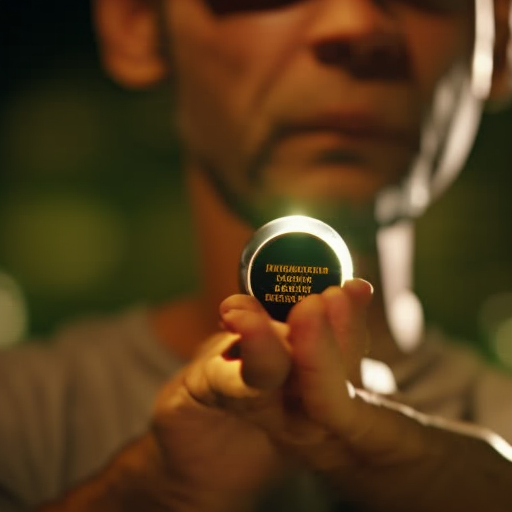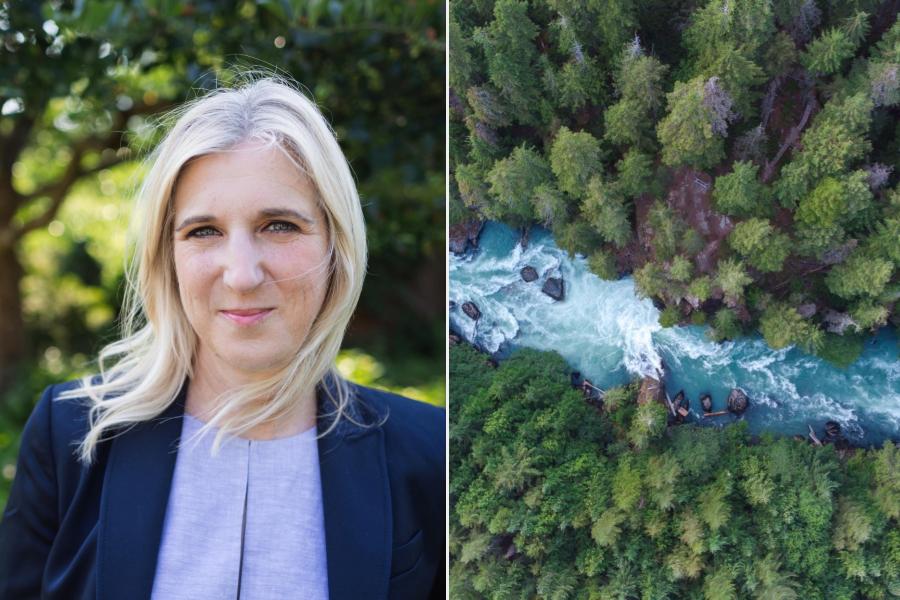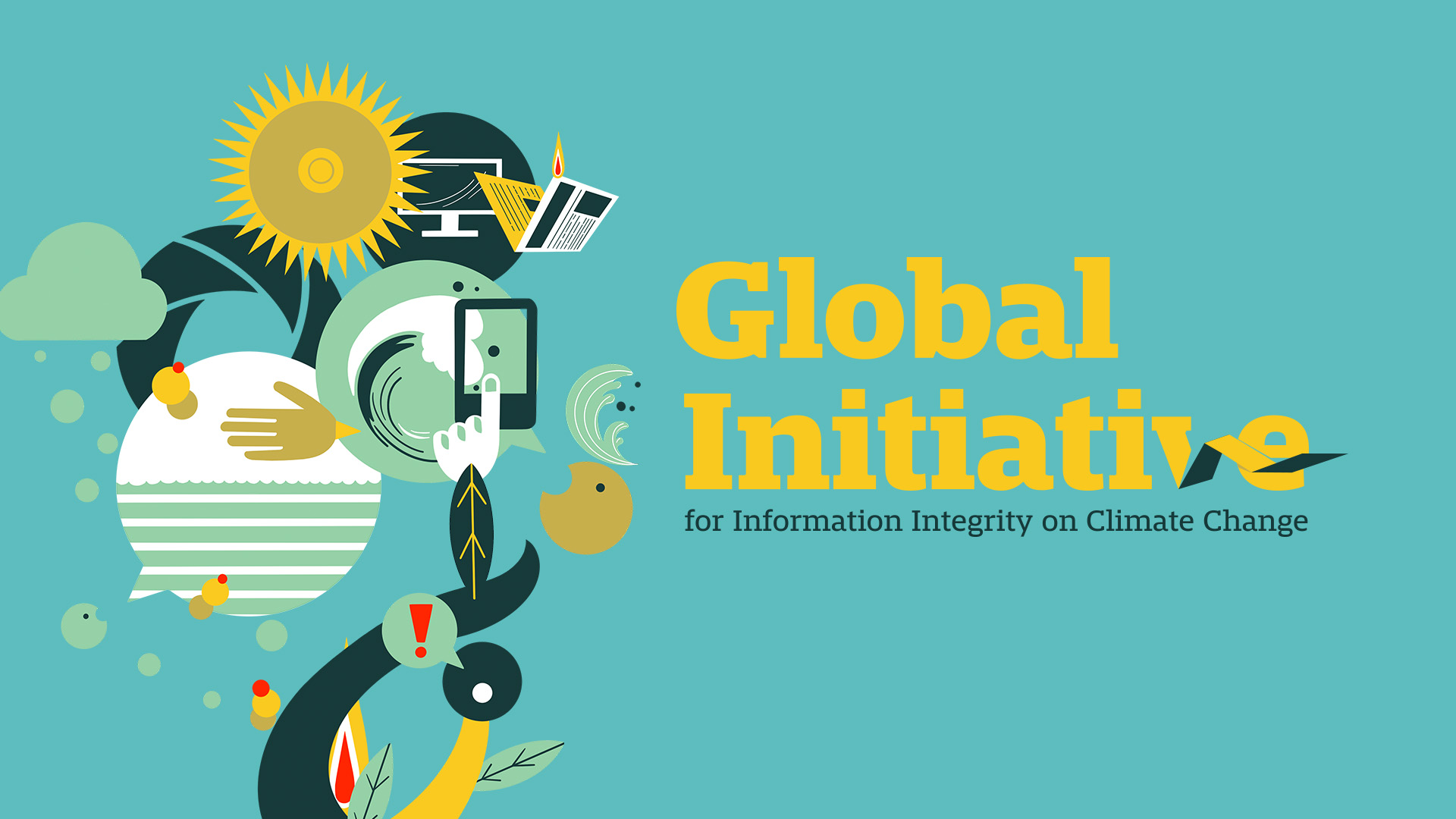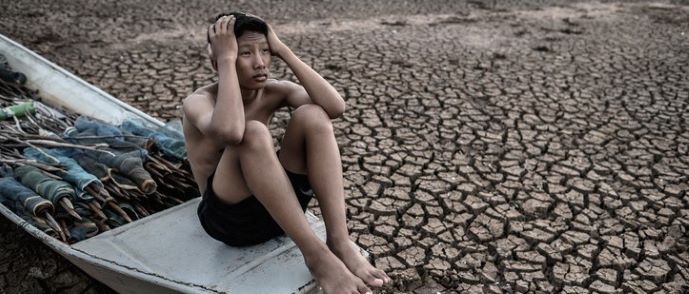
Connecting the Next Generation of Natural and Cultural Resource Managers with Scientists

Much of the conversation around climate change solutions is focused on greenhouse gases, but adapting to the changing climate will require that and more. The Midwest Climate Adaptation Science Center, hosted at the University’s Institute on the Environment, is connecting the next generation of natural and cultural resource managers with scientists to empower future leaders to make critical decisions about our interactions with the natural world.
Jessica Hellmann, Executive Director of the Institute on the Environment
Jessica Hellmann, executive director of the Institute on the Environment and a professor in the College of Biological Sciences, discusses how the Center combines science and land management strategies to adapt to climate change.
Jessica Hellmann, Ph.D.
“Adaptation to climate change goes beyond reducing greenhouse gases. Its challenges are equally pressing but involve a different set of issues and a different mindset. Should we move species to help them adjust? How will park, ecosystem, grassland and forest management need to change? How do we conserve species affected by shifting temperature and precipitation extremes?”
“The scale is massive — we’ll need to adapt in every community and nation, in all habitats and ecosystems, and in every sector of society. It begs for deep thinking, creative technologies and innovations, and new incentives and financing. Across the University of Minnesota and specifically in the Midwest Climate Adaptation Science Center, we are pursuing cutting-edge adaptation science to preserve nature and protect people.”
“We are pursuing solutions, but we are also focused on developing future professionals through fellowships, research experiences and training. We need healthy ecosystems that deliver goods and services for our communities and industries, and we’re training the people who will make that healthy management possible now and into the future.”
Jessica Hellmann is the executive director and Ecolab Chair in Environmental Leadership of the University of Minnesota’s Institute on the Environment (IonE) and a professor in the College of Biological Sciences. As director of IonE, she provides strategic leadership for the Institute, a mission-based organization working to help build a future where people and the planet prosper together by pursuing interdisciplinary, solutions-focused research, developing sustainability leaders, and communicating in the public interest. Hellmann’s own research focuses on global change ecology, climate adaptation and the reduction of greenhouse gas emissions.
-30-
About the Institute on the Environment
The University of Minnesota Institute on the Environment supports research across disciplines, develops the next generation of global leaders and builds transformative partnerships — in service of solving our world’s greatest challenges. IonE’s mission is to lead the way to a future in which people and planet prosper together. Learn more at environment.umn.edu.
About the Humphrey School of Public Affairs
The Humphrey School of Public Affairs at the University of Minnesota is ranked as one of the country’s top professional public policy and planning schools. The School is long noted for equipping students to play key roles in public life at the local, state, national and global levels and offers six distinctive master’s degrees, a doctoral degree, and six certificate programs. Learn more at hhh.umn.edu.
About The Midwest Climate Adaptation Science Center (MW CASC)
The Midwest Climate Adaptation Science Center (MW CASC) teams scientists with natural and cultural resource managers to deliver science to help fish, wildlife, water, land, and people adapt to a changing climate. Hosted by the University of Minnesota, the MW CASC is a consortium of research-focused academic, Tribal, and non-profit partners working collaboratively with the US Geological Survey. Learn more at mwcasc.umn.edu.
About “Expert Alert”
University of Minnesota experts can provide commentary, insights and opinions on various news topics. Find selected experts on the University’s Experts Guide or send requests to [email protected].
SDGs, Targets, and Indicators
| SDGs | Targets | Indicators |
|---|---|---|
| SDG 13: Climate Action | Target 13.1: Strengthen resilience and adaptive capacity to climate-related hazards and natural disasters | Indicator not mentioned in the article |
| SDG 15: Life on Land | Target 15.5: Take urgent and significant action to reduce the degradation of natural habitats, halt the loss of biodiversity, and protect and prevent the extinction of threatened species | Indicator not mentioned in the article |
| SDG 17: Partnerships for the Goals | Target 17.16: Enhance the global partnership for sustainable development, complemented by multi-stakeholder partnerships that mobilize and share knowledge, expertise, technology, and financial resources | Indicator not mentioned in the article |
1. Which SDGs are addressed or connected to the issues highlighted in the article?
The SDGs addressed or connected to the issues highlighted in the article are SDG 13: Climate Action, SDG 15: Life on Land, and SDG 17: Partnerships for the Goals.
2. What specific targets under those SDGs can be identified based on the article’s content?
The specific targets under those SDGs that can be identified based on the article’s content are:
- Target 13.1: Strengthen resilience and adaptive capacity to climate-related hazards and natural disasters
- Target 15.5: Take urgent and significant action to reduce the degradation of natural habitats, halt the loss of biodiversity, and protect and prevent the extinction of threatened species
- Target 17.16: Enhance the global partnership for sustainable development, complemented by multi-stakeholder partnerships that mobilize and share knowledge, expertise, technology, and financial resources
3. Are there any indicators mentioned or implied in the article that can be used to measure progress towards the identified targets?
No, there are no indicators mentioned or implied in the article that can be used to measure progress towards the identified targets.
Behold! This splendid article springs forth from the wellspring of knowledge, shaped by a wondrous proprietary AI technology that delved into a vast ocean of data, illuminating the path towards the Sustainable Development Goals. Remember that all rights are reserved by SDG Investors LLC, empowering us to champion progress together.
Source: twin-cities.umn.edu

Join us, as fellow seekers of change, on a transformative journey at https://sdgtalks.ai/welcome, where you can become a member and actively contribute to shaping a brighter future.

.jpg)




